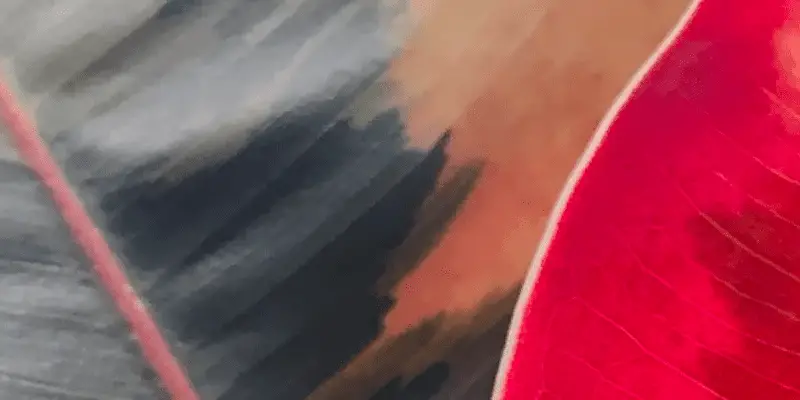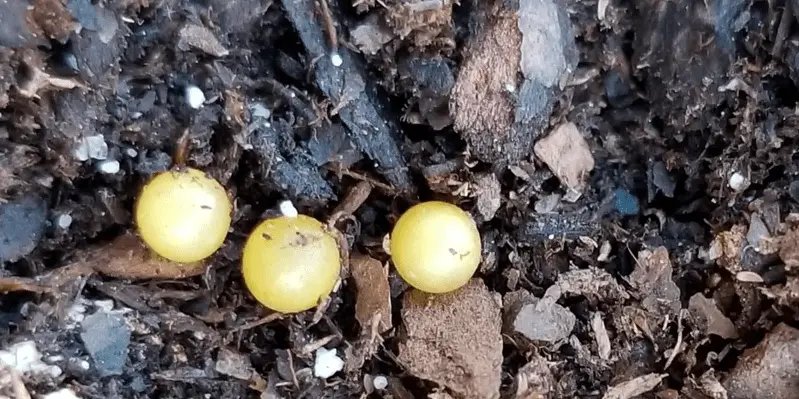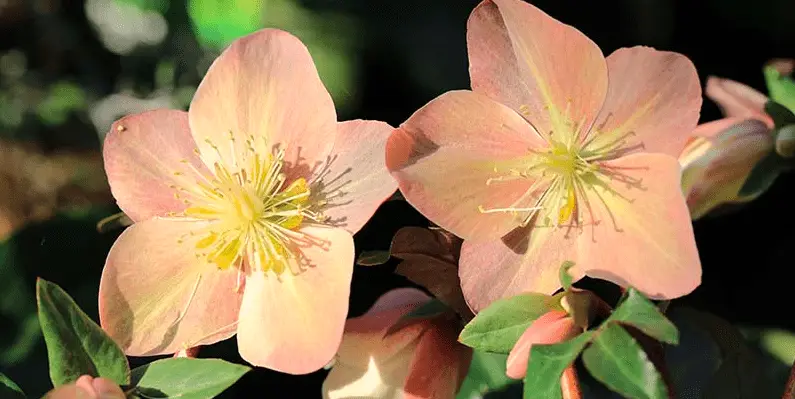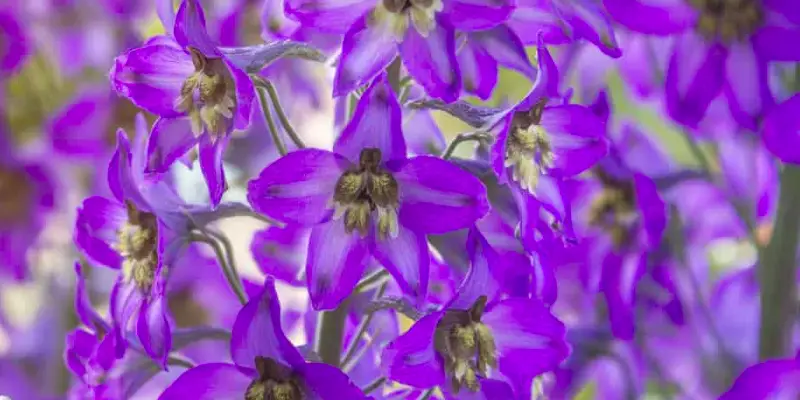Why Is My Sunflower Growing Multiple Heads?
There are a few reasons why your sunflower might be growing multiple heads, but it’s usually because you own a specific type of sunflower that grows multiple heads. Other reasons include applying too much fertilizer, chemical mutation, and hybrid seeds.
Let’s take a closer look at each one in greater detail to see if we can figure out what’s causing your sunflower to grow multiple heads.
1. Multi-Head Variety
There are actually multiple types of sunflowers that grow more than one head per plant. So, if you’re noticing multiple heads on your sunflower, it might just be the variety that you have. Some common multi-head varieties include:
- King Kong Sunflowers
- Wild Sunflowers
- Solar Flash Sunflowers
- Choco Sun Sunflowers
This can be a surprise to those of you who didn’t know that there were multiple types of sunflowers, but it’s actually pretty neat! If you’re interested in growing a multi-head variety, then do some research and see which one would be best for your garden.
2. Too Much Fertilizer
If you applied too much fertilizer to your sunflower, it could cause it to grow multiple heads. This is because the fertilizer gives the plant too much nitrogen, which can cause the plant to produce more leaves and stems than it needs.
If you think this might be the case, then stop using fertilizer for a while and see if that helps your sunflower return to normal.
3. Chemical Mutation
In rare cases, sunflowers can mutate and grow multiple heads as a result of chemicals in the environment. This is most likely to happen if your herbicides blow onto your sunflower while it’s growing.
If you think this might be the case, then try to avoid using any chemicals near your sunflower. If that’s not possible, then you might need to consider moving your sunflower to a different location.
4. Hybrid Seeds
Another reason why your sunflower might be growing multiple heads is that you’re using hybrid seeds. Hybrid seeds are created by cross-breeding two different types of plants, which can sometimes result in mutations.
If you’re using hybrid seeds, then there’s not much you can do about it except wait and see what happens. In most cases, the sunflower will return to normal after a few growing seasons.
As you can see, there are a few reasons why your sunflower might be growing multiple heads. But in most cases, it’s nothing to worry about and is actually pretty normal! So if you’re noticing multiple heads on your sunflower, don’t panic – just enjoy the extra beauty in your garden.
What Types Of Sunflowers Have Multiple Heads?
There are a few types of sunflowers that are known to grow multiple heads. Here are a few of the most common:
- King Kong Sunflowers
- Choco Sun Sunflowers
- Wild Sunflowers
- Solar Flash Sunflowers
- Irish Eyes Sunflowers
- Suntastic Yellow Sunflowers
- Maximillian Prairie Sunflowers
- Alchemy Sunflowers
- Hallo Sunflowers
If you own one of these varieties of sunflowers, then it’s most likely the reason why your sunflower is growing multiple heads. There’s not much you can do about it, but you can enjoy the unique beauty of your multi-headed sunflower!
Multiple Head Sunflower FAQ
There’s a good chance that you still have some questions about multiple head sunflowers. Here are a few of the most commonly asked questions, along with their answers:
How Do You Grow Multi-Headed Sunflowers?
There’s no special treatment required for growing multi-head sunflowers. Just plant the seeds and water them regularly. The sunflower will do the rest!
The only factor to consider is the amount of plant food you give your sunflower. Multi-headed sunflowers require more energy to produce multiple heads, so you might need to give them a little extra fertilizer.
Do All Sunflowers Grow Multiple Heads?
No, not all sunflowers grow multiple heads. In fact, most sunflowers only have one head. The varieties that do grow multiple heads are relatively rare, so you might be lucky to have one in your garden!
Should I Remove the Extra Heads from My Sunflower?
It’s not necessary to remove the extra heads from your sunflower. In fact, most gardeners actually think it’s pretty cool to have a multi-headed sunflower! Take a few pictures and enjoy the uniqueness of your sunflower.
Conclusion
In conclusion, you likely just own a variety of sunflower that is known to grow multiple heads. But don’t worry – it’s perfectly normal and there’s nothing you need to do about it! Just sit back, relax, and enjoy the extra beauty in your garden.
If you have any questions or concerns, feel free to leave a comment below and we’ll be happy to help. Oh, and if you have any images of your multi-headed sunflower, we’d love to see them!
Tim is an avid gardener from the UK. He was the founder of PlantCarer.com from 2021 to Sep 2023. He sold PlantCarer.com to Aaron. He has since started his own business called Seed To Supper, which provides new gardeners all the materials you need in a box (pots, seeds, compost and instructions) to grow your own delicious and nutritious vegetables and herbs from start to finish – no garden required.









0 Comments